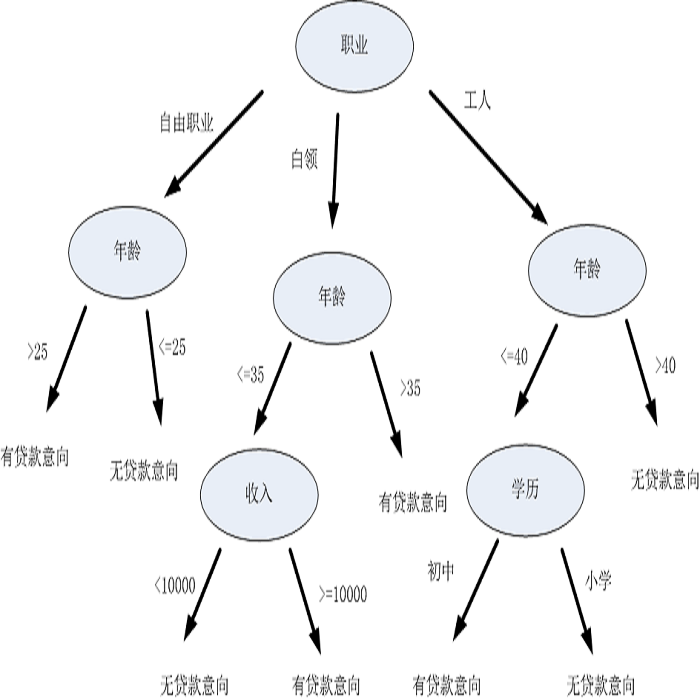Machine learning algorithms often contain many hyperparameters (HPs) whose values affect the predictive performance of the induced models in intricate ways. Due to the high number of possibilities for these HP configurations and their complex interactions, it is common to use optimization techniques to find settings that lead to high predictive performance. However, insights into efficiently exploring this vast space of configurations and dealing with the trade-off between predictive and runtime performance remain challenging. Furthermore, there are cases where the default HPs fit the suitable configuration. Additionally, for many reasons, including model validation and attendance to new legislation, there is an increasing interest in interpretable models, such as those created by the Decision Tree (DT) induction algorithms. This paper provides a comprehensive approach for investigating the effects of hyperparameter tuning for the two DT induction algorithms most often used, CART and C4.5. DT induction algorithms present high predictive performance and interpretable classification models, though many HPs need to be adjusted. Experiments were carried out with different tuning strategies to induce models and to evaluate HPs' relevance using 94 classification datasets from OpenML. The experimental results point out that different HP profiles for the tuning of each algorithm provide statistically significant improvements in most of the datasets for CART, but only in one-third for C4.5. Although different algorithms may present different tuning scenarios, the tuning techniques generally required few evaluations to find accurate solutions. Furthermore, the best technique for all the algorithms was the IRACE. Finally, we found out that tuning a specific small subset of HPs is a good alternative for achieving optimal predictive performance.
翻译:暂无翻译


